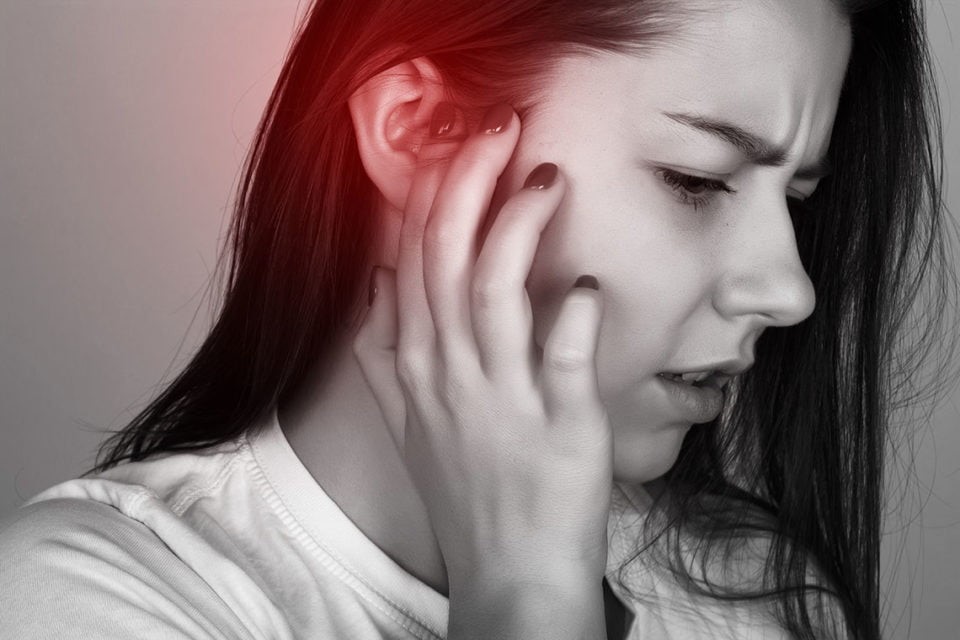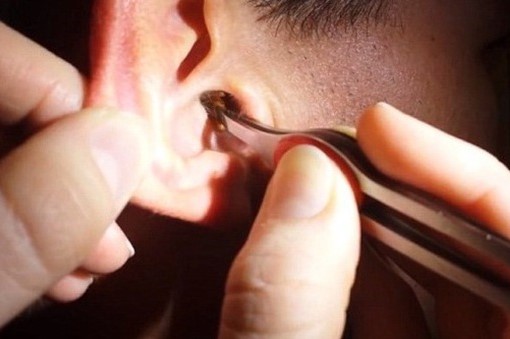
How to Remove Something From Your Ear
There are plenty of ways an object could get stuck in your ear, and in fact, things often get lodged in there. Because a foreign body in the ear can cause significant ear pain, knowing how to treat it can provide relief.
An object lodged is something that especially impacts children.
That’s because curious kids often place things like rocks, pebbles, beads, or even food in their orifices, including their ears.
In addition, insects can fly or crawl into ears.
This article explains the signs of when something is lodged into ears, tactics you can try to remove it, and when you should consider seeing a healthcare provider for help.
Signs of Something in the Ear
Whether you have a bug or a rock into ears, you may or may not experience symptoms.
So, while it might seem strange that you wouldn’t notice a foreign object in your ear, sometimes that is the case.
Other times, however, an object in your ear will cause significant discomfort.
For example, if you or your child has something lodged into ears, you may notice the following symptoms:1
- Pain
- Redness
- Drainage
- Muffled hearing or hearing loss
Common Objects Found in Ears
These foreign objects routinely end up in some people’s ears:2
- Cotton swabs
- Small batteries
- Pebbles
- Paper
- Insects
- Food
If you notice something into ears, don’t panic.
There are things you can try at home to remove it.
However, if it is lodged or doesn’t come out right away, be sure to seek medical attention.
Removing an object from an ear: tilting the head
Sometimes the use of gravity can act in a useful way to remove an object.
This technique is useful if you can see the object.
To use gravity to encourage an object out of your ear, tilt your head to the side.
You can gently shake your head to try to move it downwards, but avoid banging your head.3
It is important that this technique uses only gravity and no other assistance.
So don’t stick anything in your ear in an attempt to get the object out, including:
- Fingers
- Tweezers
- Cotton swabs
Keep instruments away from the ear
Never stick anything in the ear to try to get an object out.
Doing so could make the situation worse by pushing the object in deeper, lodging it in a more difficult place, or injuring your sensitive ear canal.
Use warm oil
If the object in the ear is an insect, you should turn your head so that the affected ear is facing upwards.
Sometimes the insect crawls out. If the creature does not emerge, you can try lukewarm oil to see if this helps the insect out.3
Never stick your fingers or other objects in your ear when trying to remove a bug.
Doing so may cause the insect to bite or sting.
To use oil in the ear, follow these steps:
- Use a gentle oil: Olive oil, mineral oil or baby oil are good options.
- Warm the oil at room temperature: You can warm the oil by holding the bottle in your hands for a few minutes. Warming the oil will make the experience more comfortable when you drop it in your ear.
- Pull back the earlobe: For adults, pull the earlobe back and up; for children, pull the earlobe back and down.
- Add the oil: Using a dropper, put enough oil in the ear to fill the canal. Wait a few moments to see if the insect floats to the top. If it does, tilt your head and drop the oil and the insect.
If it does not come out, you should seek medical attention.
However, even if the insect does come out, it is still essential to see your healthcare provider as insects and their parts can irritate the sensitive tissue of the ear canal.3
Use only for insects that have crawled into the ear
It is essential to use this technique only if you are sure that the object is an insect.
This is because other foreign objects may swell in reaction to the oil, thus wedging it more firmly in place.
When to consult a health professional
If the object does not come out on its own, you should consult a doctor.
The sooner you seek help, the better, as an object left for too long can lead to infection and damage to the ear tissues, including the delicate eardrum.
In addition, you should seek medical attention if you experience any of the following symptoms:2
- Pain
- Discharge
- Inability to hear well
Doctors use several methods to extract foreign bodies.
These may include:4
- Irrigation: Using a syringe, the doctor squeezes water into the ear canal and collects it, along with any debris, in a basin. Doctors only use irrigation on objects that do not swell when wet.
- Suction: The doctor may use a headlamp and magnifying glasses to see the object. He or she will then attach the end of a suction device against the object and slowly remove it.
- Forceps: Using an instrument similar to forceps, the doctor can also grasp the object. Sometimes doctors also use suction or irrigation afterwards to completely remove all debris.
Only qualified health care professionals should perform these procedures; they should never be attempted at home.
Bibliographic references:
- Stanford Children’s Health. Foreign bodies in the ear, nose, and throat.
- Healthdirect Australia. Objects in the ear.
- University of Florida Health. Ear emergencies.
- Merck Manual. How to remove a foreign body from the external ear.
- Lotterman, S., Sohal, M. Ear foreign body removal. National Center for Biotechnology Information, U.S. National Library of Medicine.
- Kroukamp, G., Londt, J. Ear invading arthropods: A South African survey. SAMJ Forum. Published April 2006. doi: 10520/EJC68714
Read Also:
Emergency Live Even More…Live: Download The New Free App Of Your Newspaper For IOS And Android
Electrical Injuries: How To Assess Them, What To Do
RICE Treatment For Soft Tissue Injuries
How To Carry Out Primary Survey Using The DRABC In First Aid
Heimlich Maneuver: Find Out What It Is And How To Do It
What Should Be In A Paediatric First Aid Kit
Poison Mushroom Poisoning: What To Do? How Does Poisoning Manifest Itself?
Electric Shock First Aid And Treatment
Barotrauma Of The Ear And Nose: What It Is And How To Diagnose It



